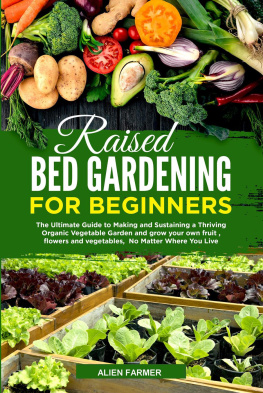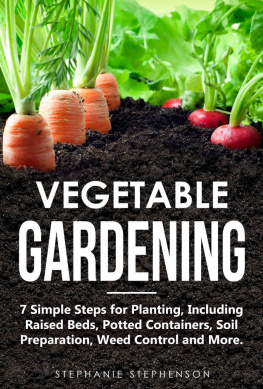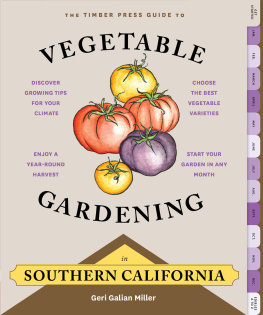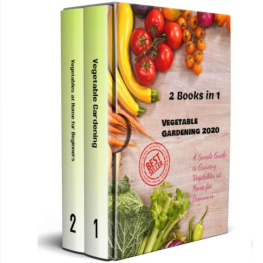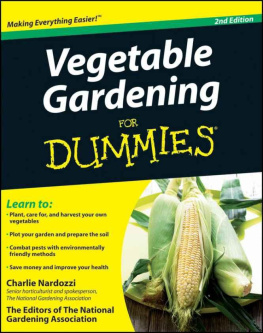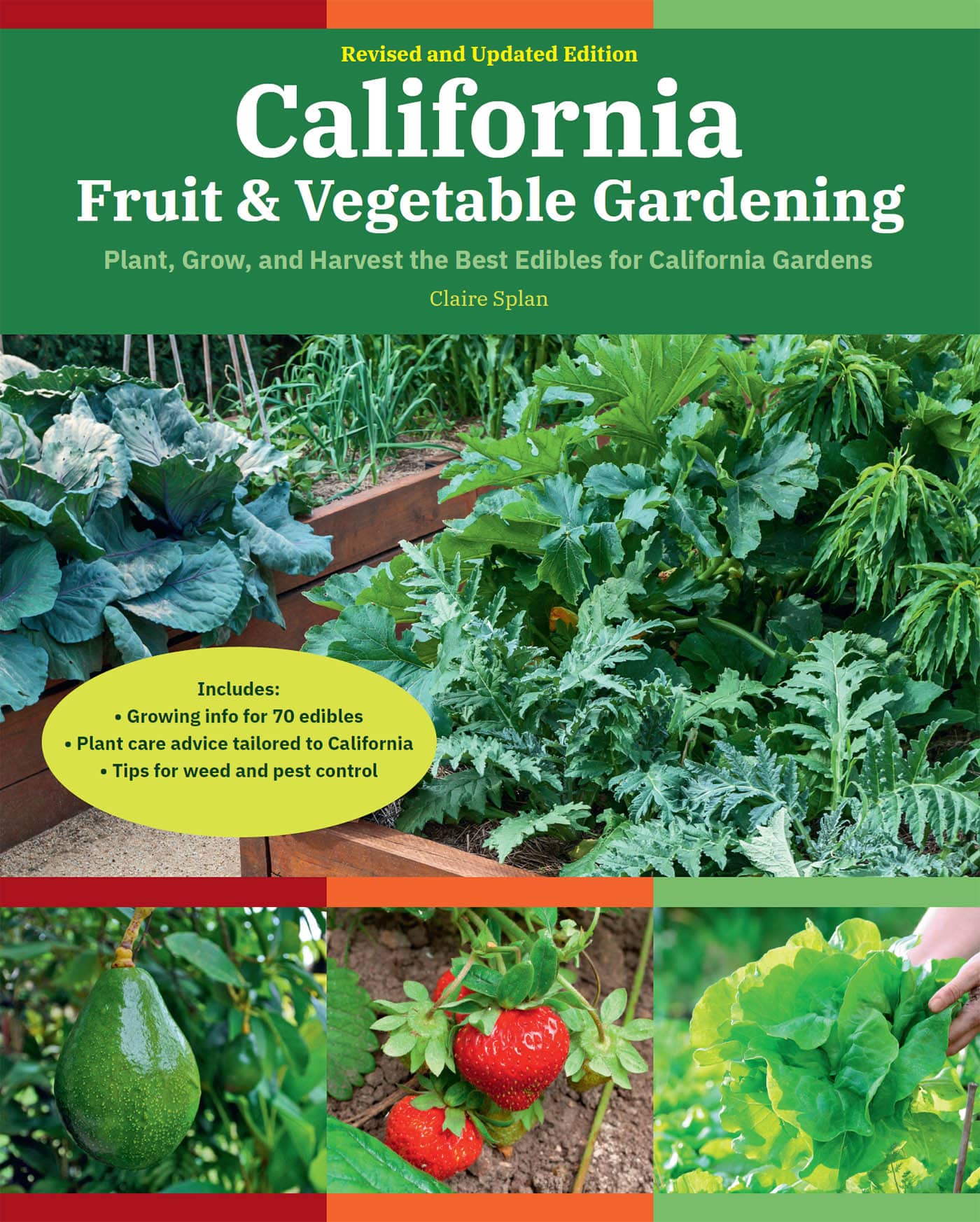Claire Splan - California Fruit & Vegetable Gardening: Plant, Grow, and Harvest the Best Edibles for California Gardens
Here you can read online Claire Splan - California Fruit & Vegetable Gardening: Plant, Grow, and Harvest the Best Edibles for California Gardens full text of the book (entire story) in english for free. Download pdf and epub, get meaning, cover and reviews about this ebook. year: 2021, publisher: Cool Springs Press, genre: Children. Description of the work, (preface) as well as reviews are available. Best literature library LitArk.com created for fans of good reading and offers a wide selection of genres:
Romance novel
Science fiction
Adventure
Detective
Science
History
Home and family
Prose
Art
Politics
Computer
Non-fiction
Religion
Business
Children
Humor
Choose a favorite category and find really read worthwhile books. Enjoy immersion in the world of imagination, feel the emotions of the characters or learn something new for yourself, make an fascinating discovery.

- Book:California Fruit & Vegetable Gardening: Plant, Grow, and Harvest the Best Edibles for California Gardens
- Author:
- Publisher:Cool Springs Press
- Genre:
- Year:2021
- Rating:4 / 5
- Favourites:Add to favourites
- Your mark:
California Fruit & Vegetable Gardening: Plant, Grow, and Harvest the Best Edibles for California Gardens: summary, description and annotation
We offer to read an annotation, description, summary or preface (depends on what the author of the book "California Fruit & Vegetable Gardening: Plant, Grow, and Harvest the Best Edibles for California Gardens" wrote himself). If you haven't found the necessary information about the book — write in the comments, we will try to find it.
Californias diverse and unique growing conditions offer special challenges to food gardeners. Whether you garden in the southern, central, or northern part of the state, youll find the answers youre looking for. From soil preparation and starting seeds to safely managing Californias most troublesome vegetable garden pests, author Claire Splan guides you to your most productive garden ever.
Inside, youll find detailed profiles of over 60 edible plants that thrive in Californias distinctive growing conditions, including favorites like avocados, tomatoes, passion fruits, eggplants, beets and pomegranates. In addition to vegetables and fruits, also featured are popular herbs. Helpful charts and planting graphs keep you on track, while the garden maintenance tips found throughout ensure a lush, productive, and high-yielding garden.
Whether you grow in containers, raised beds, an extensive kitchen garden, a community garden, or a backyard veggie patch, California Fruit & Vegetable Gardening serves as an invaluable resource to West Coast gardeners, regardless of whether youre a first-time grower or an experienced Master Gardener.
California Fruit & Vegetable Gardening is part of the regional Fruit & Vegetable Gardening series from Cool Springs Press. Other books in the series include Texas Fruit & Vegetable Gardening, Mid-Atlantic Fruit & Vegetable Gardening, Carolinas Fruit & Vegetable Gardening, and many others.
Claire Splan: author's other books
Who wrote California Fruit & Vegetable Gardening: Plant, Grow, and Harvest the Best Edibles for California Gardens? Find out the surname, the name of the author of the book and a list of all author's works by series.

